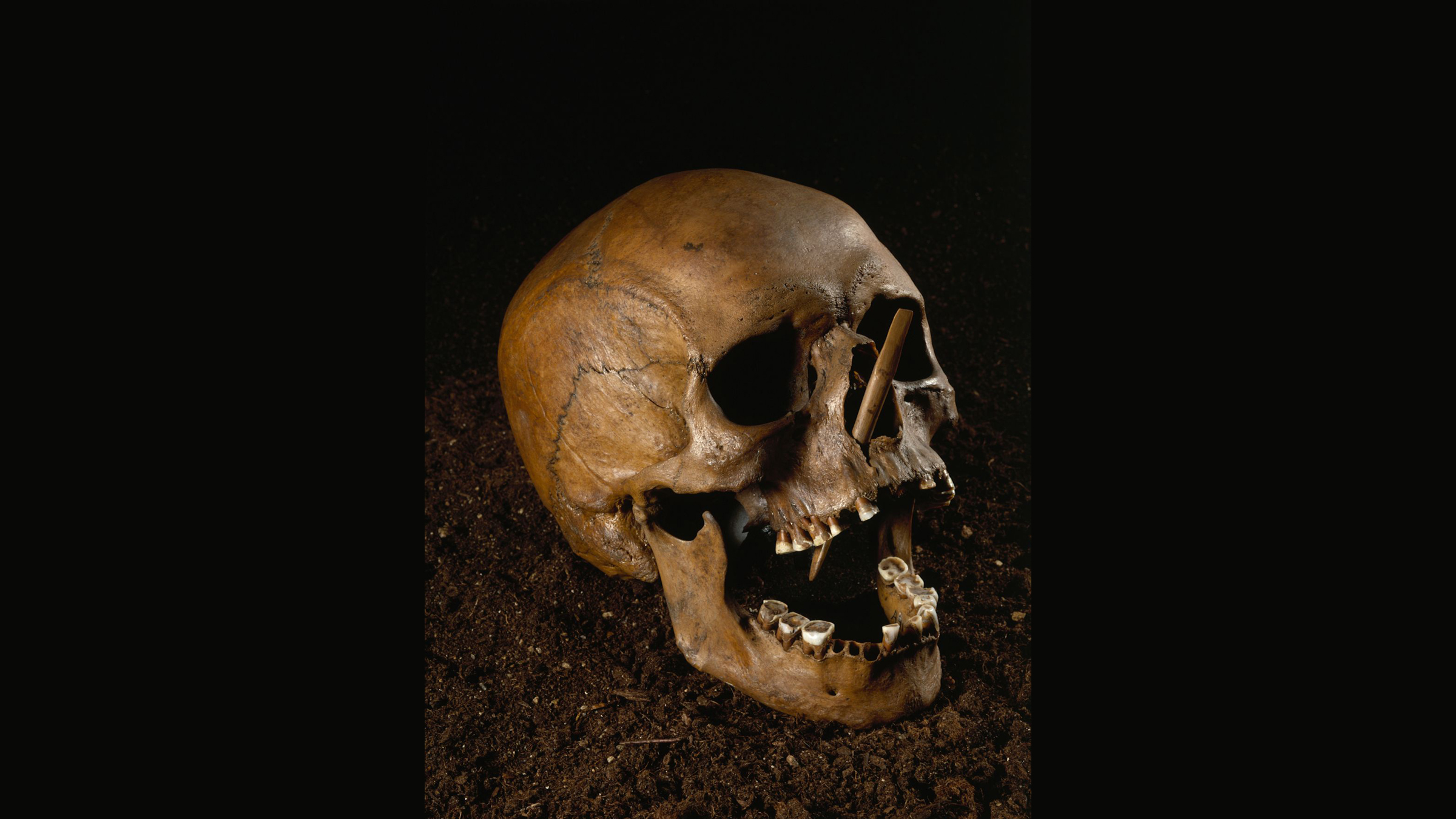Who were Europe's 'bog bodies'? Deep look uncovers the secrets of this mysterious practice.
A deep dive into "bog bodies" reveals that this practice started in southern Scandinavia during the Neolithic and spread throughout Northern Europe.
A new look at more than 1,000 "bog bodies" — human remains preserved in low-oxygen places with wet and spongy soils — reveals that the tradition of leaving bodies in European mires spans millennia, from the Stone Age to modern times, and that these individuals often met violent ends.
However, all of these bodies didn't end up buried in bogs for the same reason. Some are likely the remains of ritualistic sacrifices, like the exquisitely preserved 2,400-year-old Tollund Man in Denmark; some are probably burials of deviants or executed criminals; and others are likely the result of accidental deaths, such as drownings in these watery environments, according to the study, published Tuesday (Jan. 10) in the journal Antiquity.
A few bog bodies, especially preserved mummies with skin and hair, get a lot of attention. But it would be a mistake to overlook human bones or partial human remains preserved in bogs, said study first author Roy van Beek, an archaeologist and associate professor in the Department of Soil Geography and Landscape and the Department of Cultural Geography at Wageningen University and Research in the Netherlands.
These bog skeletons are "actually pretty much the same as the well-preserved bog bodies that everyone knows, but they just have been preserved in a different way," in part because of the varying chemistry within bogs, van Beek told Live Science. "They provide very interesting evidence of pathology and death causes in some cases."
It's not fully understood why bogs preserve human remains so well, but the low-oxygen environment and the antibiotic properties of sphagnan — a polymer (a substance made out of repeating units) produced by Sphagnum moss that can lower pH and prevent spoilage — appear to play a role. Preservation in bogs also depends on a number of factors, as bodies may fare better if they are immersed in water, experience cold ambient temperatures and escape insects and microorganisms, according to the study.
Related: 5,000-year-old 'bog body' found in Denmark may be a human sacrifice victim
To investigate bog body and skeleton trends, van Beek and his colleagues created a database of 266 sites across Northern Europe, from Ireland to the Baltic states, dating from between 9000 B.C. and A.D. 1900.
Get the world’s most fascinating discoveries delivered straight to your inbox.
Often, bogs sites held just one deceased person, but some sites were used repeatedly over the years, with the number of preserved individuals ranging from two to about 100 per bog, the researchers said. In one big exception, the site of Alken Enge, in Denmark, is estimated to hold the remains of more than 380 people who had been killed in a violent conflict and left in open water during the early first century A.D.
The places with the most human remains in bogs are Ireland, the U.K., northern Germany, Denmark, southern Norway and southern Sweden, the team found. However, different bog hotspots emerged over time. The practice began in southern Scandinavia about 5,000 years ago during the Neolithic and slowly spread across Northern Europe. The most recent bog bodies — from Ireland, the U.K. and Germany — reveal that this tradition continued through the Middle Ages and into modern times.
Of the 57 people whose cause of death could be determined, 45 experienced violent deaths, the researchers found. In rare cases, disease was likely the cause of death, and there were six suicide victims and four accidental deaths (such as drowning) from A.D. 1100 to 1900, the team found.
Human remains found in bogs are "far more numerous than previously assumed," the researchers wrote in the study, noting that bog mummies spiked from 1000 B.C. onward.
In Europe, bogs play a unique role in preserving human remains and artifacts, which provide insight into ancient peoples' practices and beliefs. "It's something that you can hardly find anywhere else in European landscapes because the preservation is so extremely good," van Beek said.
Bogs are also home to a diverse range of plants and animals, and sequester carbon, which helps in the fight against climate change.
Yet the continent's bogs are now disappearing at a high rate due to drainage work and the removal of peat, which can be used for fuel, van Beek said.

Laura is the managing editor at Live Science. She also runs the archaeology section and the Life's Little Mysteries series. Her work has appeared in The New York Times, Scholastic, Popular Science and Spectrum, a site on autism research. She has won multiple awards from the Society of Professional Journalists and the Washington Newspaper Publishers Association for her reporting at a weekly newspaper near Seattle. Laura holds a bachelor's degree in English literature and psychology from Washington University in St. Louis and a master's degree in science writing from NYU.






